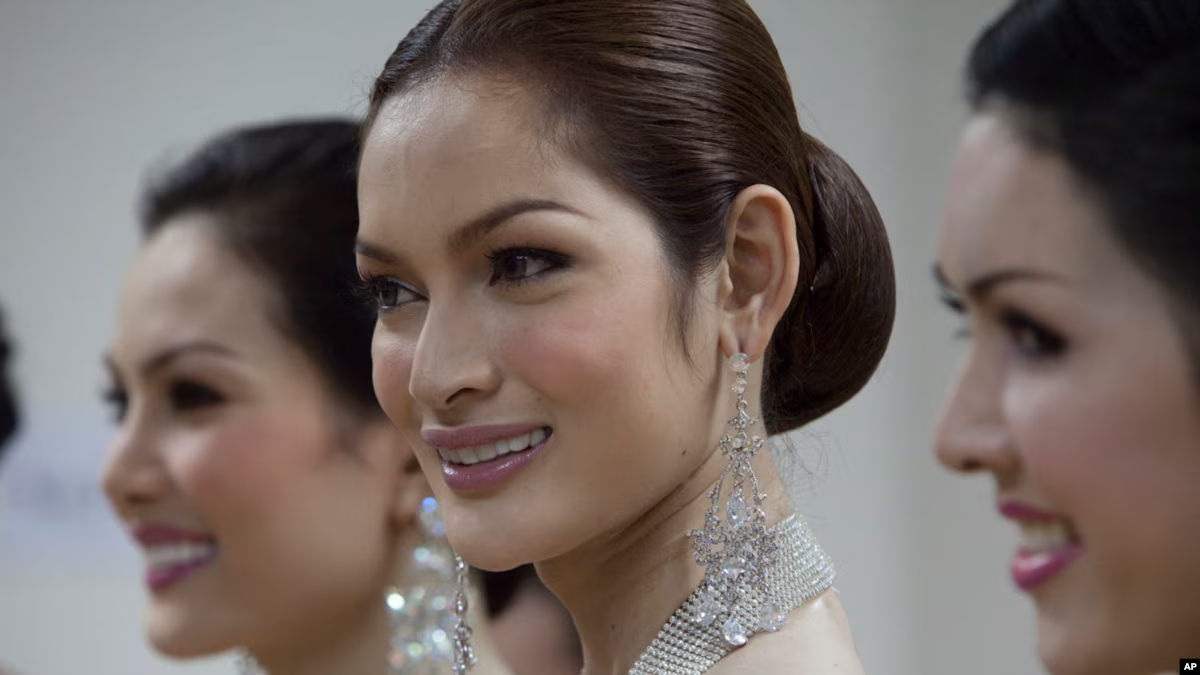
"Ladyboys" is a term commonly used in Southeast Asia, particularly in Thailand, to describe individuals who are assigned male at birth but present themselves as women or adopt feminine traits, often through cross-dressing, hormone therapy, or gender-affirming surgery. The term is sometimes used in other parts of the world but can carry different connotations depending on cultural context.
Key Characteristics of Ladyboys:
- Gender Identity: Ladyboys are typically individuals who are transgender or gender non-conforming. While they may be assigned male at birth, they identify with or present a feminine gender. It's important to note that being a ladyboy is related to gender expression rather than strictly to sexual orientation. Some ladyboys may identify as women, while others may identify as non-binary or gender fluid.
- Gender Expression: The primary feature of ladyboys is their outward appearance, which may include wearing female clothing, adopting feminine hairstyles, and wearing makeup. Many undergo hormone replacement therapy (HRT) to develop more feminine physical features, like breast development, softer skin, and reduced body hair. Some ladyboys may also undergo gender-affirming surgeries (e.g., breast augmentation or sex reassignment surgery) to align their physical body with their gender identity.
- Cultural Context: In Thailand and other parts of Southeast Asia, ladyboys are more publicly visible and culturally accepted compared to some other regions of the world. They are often seen in the entertainment industry, such as in cabaret shows and beauty pageants, and have a degree of social visibility. While they may face some discrimination or marginalization, there is also a degree of normalization and acceptance in certain spaces.
- Language and Terminology: The term "ladyboy" itself can be seen as controversial, as it is sometimes used in a way that diminishes or oversimplifies the experiences of transgender people. The term may also carry a sexualized or stereotypical connotation in some contexts, especially in tourism or entertainment industries. However, some individuals in Southeast Asia use the term proudly, as it is more culturally familiar and can be empowering in certain contexts.
- Gender and Sexuality: It’s essential to distinguish between gender and sexuality when discussing ladyboys. While many ladyboys are romantically or sexually attracted to men (which can sometimes lead to stereotypes about them being part of the sex industry), ladyboys themselves have diverse sexual orientations, and not all of them identify with the stereotypes. Many may have relationships with men, women, or people of diverse orientations.
Challenges Faced by Ladyboys:
Despite greater visibility in entertainment and media, ladyboys often face challenges related to discrimination, stigma, and marginalization. These challenges include:
- Social Stigma: Ladyboys can experience prejudice and stereotyping, often being marginalized by society. This can affect their personal and professional lives, with many facing difficulties in finding employment outside of the entertainment industry.
- Legal Recognition: In many countries, legal systems do not yet offer clear recognition or rights for transgender individuals, and ladyboys may struggle with accessing healthcare, obtaining gender-appropriate identification, and dealing with societal laws that do not fully acknowledge their gender identity.
- Healthcare and Support: While Thailand has some advanced gender-affirming healthcare options, access to medical care, including hormone therapy and surgeries, may be limited or difficult to afford in certain regions. Social support systems, such as family or community backing, can also be a challenge for some individuals.
Conclusion:
The term "ladyboy" refers to individuals in Southeast Asia, primarily in Thailand, who are assigned male at birth but adopt feminine gender expression. While often associated with entertainment and visible in popular culture, ladyboys, like all transgender individuals, face unique social and cultural challenges. It is crucial to approach the topic with respect, understanding, and sensitivity, recognizing the diversity and individuality of each person who identifies with or is described by the term.